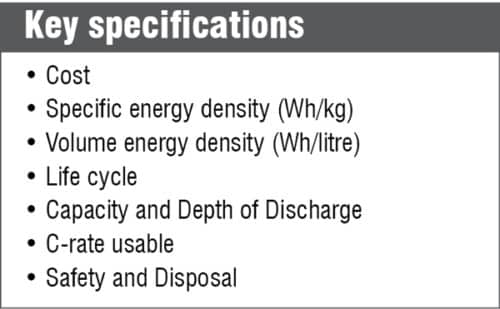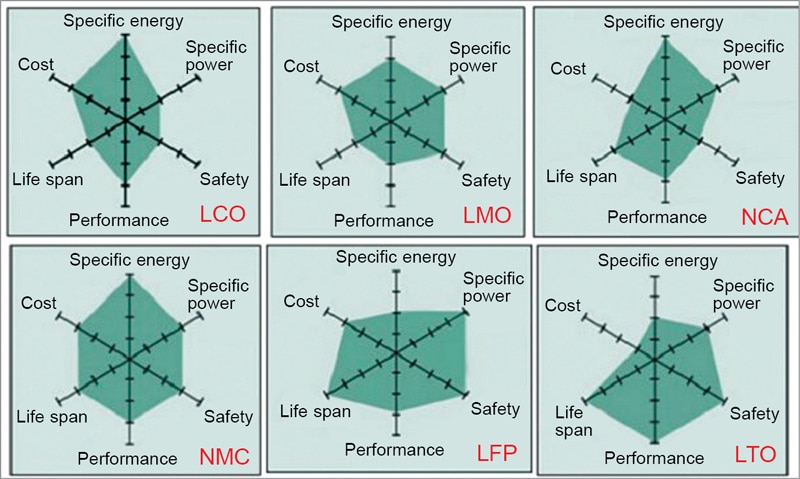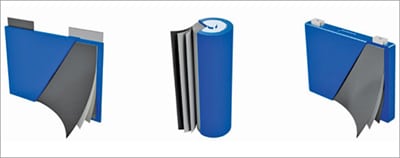The concept of an e-bike revolves around a battery, where you have to select between performance, mileage, and cost. Here’s an attempt to help you make that choice
Electric bikes, also known as e-bikes, are bringing a revolution in the automotive industry. The whole concept of e-bike revolves around the battery that it uses. With battery technologies evolving rapidly, choosing the right battery is quite challenging. While the primary factors depend on speed, range, and battery capacity, other factors like battery type and cell construction are also important. Let us look at the parameters to be considered.
The requirement of a battery depends on whether the e-bike is an electric cycle, scooter, or motorcycle. Each of them needs a battery with different chemistry and a capacity of 12V, 24V, or 36V depending on the range and speed required.
The first factor to consider, of course, is cost, which may also decide the quality. The other important metric is specific energy density that tells the amount of energy contained per kg unit of the battery. For instance, a lightweight vehicle requires a battery with high specific energy density of about 1,000Wh/kg.

Volume energy density is the metric that needs attention for fixing a battery in a small space. While retrofitting a 4-wheeler or some other vehicle, there might be space constraint to replace the engine and associated components with motor controller and power electron. Here opting for battery cells with high volume energy density helps. For example, if one litre (or 0.01m3) volume can hold more energy, it means that much lesser space is needed.
The life cycle of a battery, when it discharges from 100 to almost 0%, is vital too. Usually Li-ion batteries have around 2,000 life cycles. If battery life is of core concern, the math can be done to ascertain how long the battery would last.
The capacity of a battery in ampere hours shows the energy rating of the battery. Higher capacity means more range, the distance travelled in one charge. A mandatory factor to consider here is the depth of discharge (DoD). The entire charge in the battery cannot be utilised. For instance, if a 100-ampere hour Li-ion battery has DoD of 0.85, it means only up to 85-ampere hour charge can be used.
Charging rate (C-rate) is as important as battery life cycle. It is the amount of current used to charge the battery for an hour. Fast charging by increasing the amount of current can reduce the battery’s life.
Battery’s safety and disposability should be ensured by looking at the battery management system, casing, lab certification, and other universally acceptable standards.

Battery characteristics
e-bikes accept different battery chemistries like lead-acid or lithium-ion. From an economic point of view, manufacturers use lead-acid batteries as well in scooters. In cycles, only Li-ion batteries are used because of their light weight and the fact that they suit long-distance commutation. Lead-acid is usually very toxic due to the presence of diluted sulphuric acid as the electrolyte.
Li-ion batteries are usually preferred for e-bikes, even though lead-acid batteries are significantly cheaper. For example, for a golf-cart the cost of a lead-acid battery would be about ₹36,000 and that of a Li-ion battery ₹150,000. However, Li-ion batteries need good thermal management as a temperature range of 25 to 50°C needs to be maintained.
Li-ion batteries have several types of cell chemistry like Nickel Manganese Cobalt (NMC), Lithium Cobalt Oxide (LCO), Lithium Nickel-Cobalt-Aluminium Oxide (NCA), Lithium Manganese Oxide (LMO), Lithium Iron Phosphate (LFP), and Lithium Titanate Oxide (LTO). However, specific energy, power, life span, cost, and safety are the five important metrics that have to be checked before selecting a cell chemistry.

Apart from cell construction, the battery pack is also a vital factor to check and select. Battery packs are made of individual battery cells, whose construction may be cylindrical, prismatic, or pouch shaped. Each class of battery is manufactured with a variety of form-factors; the most commonly used is 18650 or 21700 for cylindrical construction, which is low-priced and available in abundance.
When compared to cylindrical cells, prismatic construction is expensive and has low energy density as well as poor thermal management. The pouch cells, extensively used in electric 4-wheelers, come with high packing efficiency but have likelihood of swelling.
Deciding your own battery pack
If you are planning to use an electric bike, first calculate the battery rating. This would help in figuring out what battery pack would suit your EV.
As an example, let us try to select battery pack for an e-bike with motor rating of 48V, 1kW, with top speed being 40kmph, and the required range of 100km. Assuming DoD for Li-ion battery to be 0.85:
Battery rating=Kilowatt hr/48V =61Ah
So, you would need a 48V, 61Ah battery for the vehicle. Similarly, you can decide a battery pack for motorcycles or scooters.
With all this discussion, which battery should you take, you may still ask? NMCs, or Nickel Manganese Cobalt batteries, are outstanding, yet there is no one single solution to fit all applications. There are so many parameters as discussed above to consider before deciding what kind of battery is best suitable.
It is advised to have a budget and use case in mind before selecting the right battery. The question is, do you prefer high specific energy or power for your application?
The article has been compiled by Abbinaya Kuzhanthaivel, a Technology Enthusiast, from a tech talk session at E-bike Show 2021 by Siddharth Chatterjee, Senior Manager and Mentor, DIYguru.








